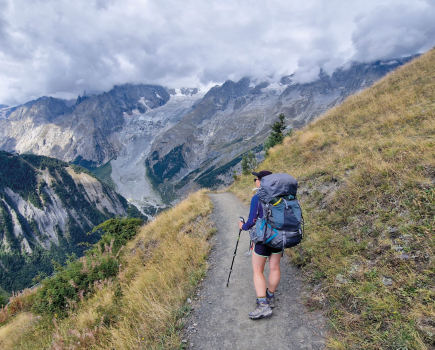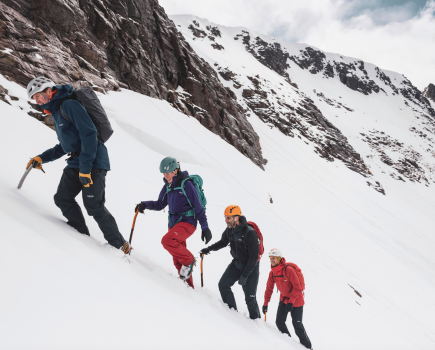Backpacking expert and TGO Gear Editor Chris Townsend on wild camping for beginners
[1] Whereabouts are you allowed to wild camp?
Outside of Scotland there is no legal right to camp wild in the UK. Technically in England, Wales and Northern Ireland you need to ask the landowner’s permission. However in many hills areas such as the Lake District (lakedistrict.gov.uk/visiting/wheretostay/wildcamping) wild camping away from roads and cultivated land is tolerated.
Dartmoor National Park is an exception. Here wild camping is acceptable for one or two nights on open land (dartmoor.gov.uk/visiting/vi-enjoyingdartmoor/camping).
In Scotland wild camping is fine as long as you follow the Outdoor Access Code (outdooraccess-scotland.com), which basically means leave no trace and don’t disturb people or animals. Camp late in the day and move on early the next morning and you’re less likely to encounter problems. Camping out of sight of buildings and roads and on open rather than enclosed land is best too.
[2] What do you need?
It’s easy to carry too much when wild camping. The necessities are a tent or other shelter; sleeping bag, sleeping mat, cooking gear (stove, pot, spoon), food, water bottle, torch and rucksack. These should all be light and compact as you’ll have to carry them. Normal walking clothing is adequate with perhaps an extra warm top for chilly evenings and mornings.
[3] How do I decide where to set up my tent?
A good camp site is flat and dry and sheltered from wind. Having water nearby means you won’t have to carry it far but this isn’t essential. A wonderful view is of course ideal but I’d go for the other criteria first. Comfort is important. Camp away from footpaths whenever possible and away from any other tents so you don’t disturb people – and they don’t disturb you!
[4] Are there any important ‘dos and don’ts’?
Sites should not be altered in any way. The idea is to have minimum impact so the area still looks natural and wild. Camp on bare ground or short coarse vegetation if possible – these show impacts less than softer, longer vegetation (and are usually drier too). If you do move any twigs or stones scatter these back over the site when you leave.
The common practice of putting rocks on pegs shouldn’t be necessary if you pitch your tent properly and have good pegs. If you do this put the rocks back where they came from afterwards.
After packing up camp, check the area for small items of gear and bits of litter to ensure that nothing is left behind. Once you walk a short distance away and look back it should be impossible to tell anyone has camped there.
[5] Is it OK to light a fire?
Carrying a stove means you shouldn’t need to light a camp fire. Only in places where you can do so without leaving a trace and where there’s no chance of starting a wild fire should you even consider a camp fire – and that’s if it’s allowed.
Never build a fire on vegetation, dead or alive (this includes pine needles), or surround a fire with a ring of rocks. Fires can be built on gravel or sand, such as found on beaches or beside rivers. All wood should be burnt to a fine ash and this scattered when you leave.








